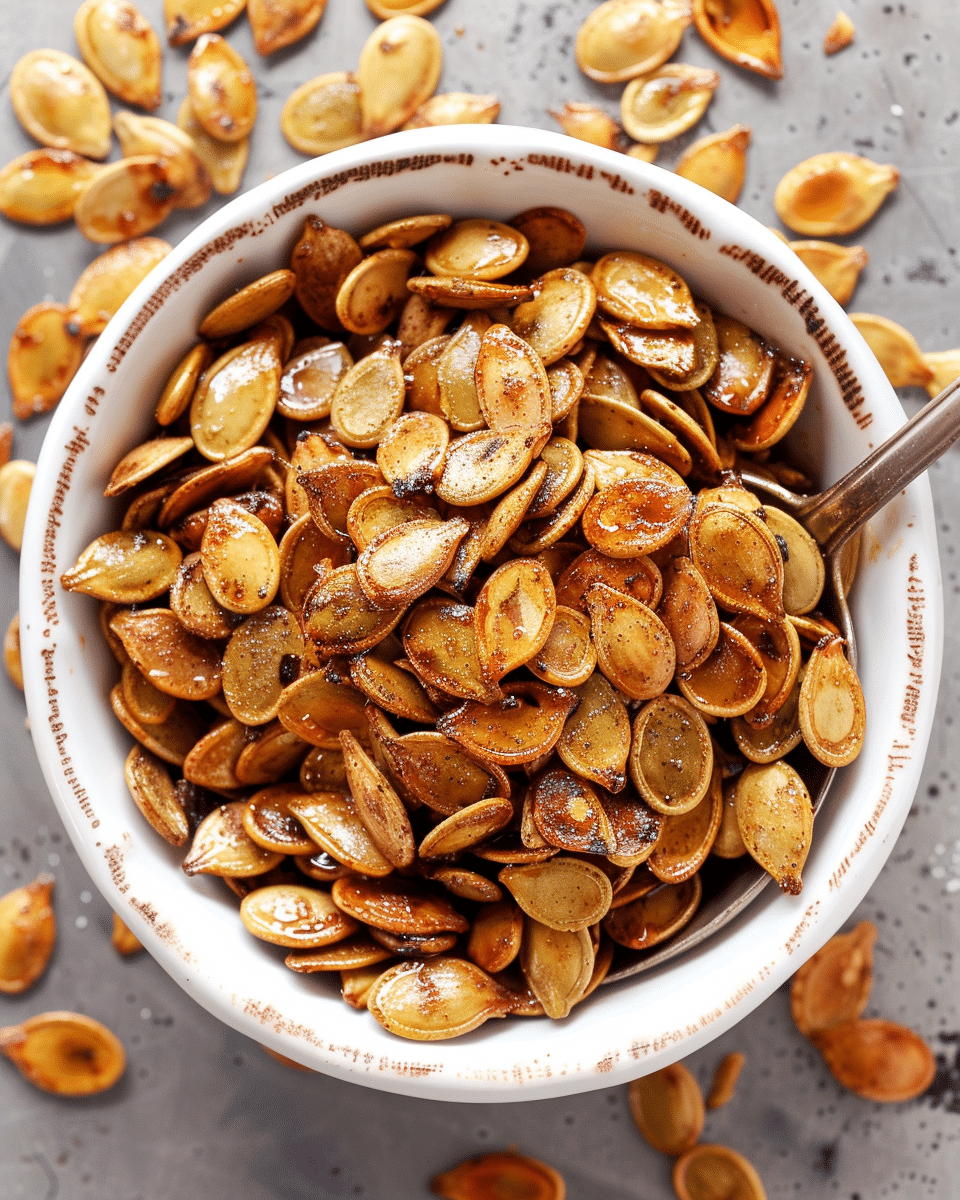Lasagna, a quintessential Italian dish, is celebrated globally for its rich, layered flavors and comforting warmth. A perfect lasagna is a harmonious blend of pasta, meat, sauce, and cheese, each layer contributing to the overall taste and texture. Among these ingredients, milk stands out as a somewhat unexpected addition for many home cooks. The use of milk in lasagna is a traditional culinary technique, and it plays a significant role in enhancing the dish’s flavor, texture, and richness.
This article delves into the reasons behind adding milk to lasagna, exploring its impact and importance in crafting a delicious lasagna. It also highlights common mistakes made while preparing lasagna and offers valuable tips for creating the perfect lasagna dish. Embark on this culinary journey to uncover the secrets behind the perfect lasagna and understand why milk is a crucial ingredient in this beloved Italian dish. Discover the secrets behind Alysia’s Basic Meat Lasagna which uses milk in its recipe.
The Role of Milk in Lasagna
Milk is added to lasagna for various reasons. It contributes to the creaminess and richness of the lasagna, enhancing its flavor and texture. The use of milk in lasagna is a traditional practice that has been passed down through generations. Learn how to make a Classic Béchamel Lasagna with milk. Also, explore the concept of Adding Milk to Noodles for more insights.
Enhancing Creaminess and Flavor
Milk is primarily used in the béchamel sauce, a white sauce made from butter, flour, and milk. This sauce adds a creamy texture and rich flavor to the lasagna. It complements the robust flavors of the meat and tomato sauce, balancing the dish and adding a layer of complexity to its taste profile.
Nutritional Value
Incorporating milk into lasagna not only enhances its taste and texture but also boosts its nutritional content. Milk is a good source of calcium, protein, and various essential vitamins, adding a nutritional punch to the indulgent lasagna dish.
Texture and Consistency
Milk plays a crucial role in achieving the right consistency and texture in lasagna. It helps in binding the ingredients together, ensuring that the lasagna layers hold well. The milk in the béchamel sauce contributes to the moist and tender texture of the lasagna, preventing it from becoming dry and crumbly.
Culinary Tradition
Italian culinary tradition firmly roots the use of milk in lasagna, highlighting its significance in creating the perfect dish. Including béchamel sauce made with milk, the classic lasagna alla bolognese recipe stands as a testament to this tradition. Furthermore, the recipe intricately layers this béchamel sauce with pasta, meat sauce, and cheese, showcasing the harmonious blend of diverse ingredients that contribute to the rich flavors and textures of the iconic lasagna dish.
Alternative Ingredients to Milk in Lasagna
If you’re looking to substitute milk in lasagna, various alternatives can provide similar richness and creaminess to the dish. Here are some options and how to use them:
Plant-Based Milk
- Examples: Almond milk, soy milk, oat milk, coconut milk
- Usage: Use as a one-to-one substitute for milk in béchamel sauce. Adjust the seasoning as plant-based milk may have different flavors.
Broth or Stock
- Examples: Chicken broth, vegetable broth, beef stock
- Usage: Adds moisture and flavor to the lasagna without the creaminess of milk. Ideal for a lighter lasagna variant.
Cream Alternatives
- Examples: Coconut cream, soy cream
- Usage: Use in place of milk for a richer and creamier béchamel sauce. Adjust quantities to achieve desired consistency.
Yogurt or Sour Cream
- Examples: Greek yogurt, plant-based yogurt, sour cream
- Usage: Can be used in place of milk for a tangier flavor profile. Use sparingly as it is thicker than milk.
Water
- Usage: The simplest substitute, though it won’t provide the same creaminess. Ideal for those who want to cut calories.
Non-Dairy Cheese
- Examples: Almond cheese, soy cheese
- Usage: Use non-dairy cheese in the layers to add creaminess without milk.
Related: Ricotta vs Cottage Cheese in Lasagna
Cashew Cream
- Usage: Blend cashews with water to make a creamy substitute for milk in lasagna.
Common Mistakes When Making Lasagna
Creating the perfect lasagna is an art, and avoiding common pitfalls is crucial for achieving lasagna excellence. Learn more about common lasagna mistakes to avoid these issues. Below are some common mistakes people make when preparing lasagna and how to avoid them:
1. Not Salting the Water
One of the fundamental mistakes is not salting the water used to boil lasagna noodles. Properly seasoned water is essential as the noodles absorb the salt, enhancing their flavor. Without adequate salt, the pasta may taste bland, affecting the overall flavor of the dish.
2. Incorrect Assembly
Assembling lasagna in the wrong order can lead to a culinary disaster. The traditional layering order is sauce, noodle, and filling. Ensuring each layer is evenly spread and in the correct sequence is vital for the lasagna to hold its structure and taste balanced.
3. Overcooking the Noodles
Overcooking the lasagna noodles is a common error. Noodles should be cooked al dente as they will continue to cook in the oven. Overcooked noodles can make the lasagna mushy and unappetizing.
4. Using the Wrong Cheese
Opting for pre-shredded or low-quality cheese can compromise the lasagna’s flavor and texture. Fresh mozzarella and high-quality parmesan or ricotta cheese are recommended for a rich and authentic taste.
5. Skipping the Resting Time
Not allowing the lasagna to rest post-baking is another mistake. Letting it rest for about 15-30 minutes helps the lasagna set, making it easier to cut and serve, and allowing the flavors to meld together beautifully.
6. Insufficient Sauce
Using too little sauce can result in dry and unappealing lasagna. Ensure each layer is generously coated with sauce to keep the lasagna moist and flavorful.
7. Not Using No-Boil Noodles
No-boil noodles are a convenient and effective option for lasagna, saving time without sacrificing texture or taste. They absorb moisture and flavor from the sauce, ensuring a perfectly cooked and delicious lasagna.
8. Overloading with Ingredients
Overloading lasagna with too many ingredients can make it bulky and overwhelming. Stick to the essential components to let each ingredient shine and contribute to the dish’s harmony.
Related: Easy and Quick Lazy Lasagna Recipe
Tips for Perfect Lasagna
Crafting the perfect lasagna involves attention to detail, the right ingredients, and patience. Here are some invaluable tips to ensure your lasagna is a hit every time:
1. Use Quality Ingredients
Start with high-quality ingredients. Opt for fresh mozzarella, good quality parmesan or ricotta cheese, and fresh herbs. Quality ingredients enhance the flavor and overall experience of the lasagna.
2. Season Each Layer
Ensure each layer of your lasagna is well-seasoned. From the pasta water to the meat sauce and béchamel, proper seasoning contributes to a flavorful and delicious lasagna.
3. Perfect the Béchamel Sauce
The béchamel sauce, made with milk, butter, and flour, should be smooth and lump-free. Cook it slowly on low heat and whisk continuously for the best texture. This white sauce adds creaminess and richness to the lasagna.
4. Opt for No-Boil Noodles
Using no-boil lasagna noodles is a time-saver and ensures perfectly cooked pasta every time. These noodles absorb moisture from the sauce, eliminating the need for pre-boiling and preventing overcooked noodles.
5. Layer Correctly
Follow the traditional layering order: start with a layer of sauce, followed by noodles, and then the filling. Repeat the layers, ensuring each is evenly spread, and finish with a generous layer of cheese on top.
6. Let it Rest
After baking, allow the lasagna to rest for at least 15-30 minutes. This resting time lets the lasagna set, making it easier to cut and allowing the flavors to meld together beautifully.
7. Use the Right Pan
Choose a deep, high-quality baking dish to accommodate the lasagna layers and ensure even cooking. A good pan also makes serving easier and keeps the lasagna warm.
8. Make it Ahead
Consider preparing the lasagna a day in advance. Allowing it to sit overnight in the refrigerator enhances the flavors, leading to a more delicious and cohesive dish when baked.
Dietary Adjustments for Lactose-Intolerant Individuals
For those who are lactose intolerant, enjoying a classic lasagna dish can be a challenge due to the presence of milk and cheese. However, there are various adjustments and alternatives that can be used to create a delicious, lactose-free lasagna:
Use Lactose-Free Milk
- Substitute regular milk with lactose-free milk in the béchamel sauce. It offers the same creamy texture without the lactose.
Opt for Plant-Based Milk
- Almond, soy, or oat milk can be great alternatives. They add a unique flavor and are lactose-free.
Choose Lactose-Free Cheese
- Many stores offer lactose-free cheese options. Use them as a substitute for traditional cheeses in lasagna.
Incorporate Vegan Cheese
- Vegan cheeses are made from a variety of plant foods including nuts, soy, and root vegetables, and contain no lactose.
Utilize Nutritional Yeast
- Nutritional yeast can add a cheesy flavor to the lasagna without using actual cheese. It’s a healthy, lactose-free alternative.
Experiment with Tofu or Cashew Ricotta
- Make a “ricotta” mixture using tofu or cashews. It’s a creamy, lactose-free filling for lasagna.
Be Mindful of Other Ingredients
- Ensure other ingredients used in the lasagna are lactose-free. Check labels for hidden lactose in processed foods.
FAQs
Why do you put milk in lasagne? Milk in lasagne adds creaminess and enhances flavor. It’s used in béchamel sauce, contributing to the rich texture and taste, making the dish more delectable and authentic.
What does adding milk to pasta do? Adding milk to pasta imparts richness and creates a creamy texture. It’s often used in sauces for a luxurious, smooth consistency, enhancing the overall pasta dish.
How do you make lasagna taste better? To enhance lasagna’s taste, use fresh, quality ingredients. Season each layer, use a rich meat sauce, fresh cheeses, and let it rest before serving to meld the flavors.
What makes lasagna watery? Overuse of sauce, watery vegetables, or undercooked noodles can make lasagna watery. Ensure vegetables are well-drained and noodles are cooked al dente to avoid excess moisture.
How do you make lasagna more moist? For a moister lasagna, ensure ample sauce in each layer. Use moist cheese like ricotta or cottage cheese, and cover while baking to retain moisture.
How do you moisten lasagna? To moisten lasagna, add extra sauce or a bit of broth or water before reheating. Cover it to trap steam, helping to rehydrate and keep it moist during the reheating process.
Conclusion
In the journey of making the perfect lasagna, understanding the role of each ingredient, especially milk, is paramount. Milk, a humble yet powerful component, significantly enhances the lasagna’s texture, flavor, and nutritional value. It contributes to the creamy and rich béchamel sauce, binds the layers together, and adds a delightful moistness to the dish.
Avoiding common mistakes is equally crucial. Ensure you do not overcook the noodles, use high-quality cheese, and allow the lasagna to rest post-baking. Each step actively plays a vital role in achieving lasagna perfection. Embracing the tips for a perfect lasagna, such as seasoning each layer, opting for no-boil noodles, and making it ahead, can make a world of difference in the final dish.
In conclusion, the art of making lasagna is a delicate balance of ingredients, techniques, and patience. Milk stands out as an essential ingredient, underlining the importance of not overlooking it in the recipe. As you embark on the adventure of making lasagna, let the insights and tips shared in this article guide you towards creating a lasagna masterpiece that is a symphony of flavors, textures, and culinary delight. Enjoy the process and relish the sumptuous lasagna with friends and family, celebrating the rich heritage and exquisite flavors of this timeless Italian dish. For a unique twist, try the Blueberry Lemon Lasagna Recipe.









